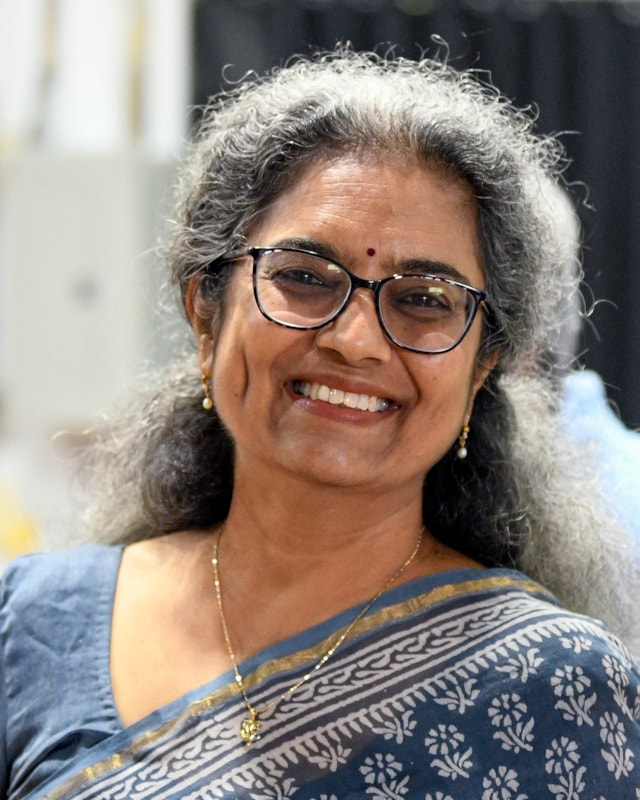
FOR GRADES 6 AND UP. In this hands-on STEAM workshop/residency, students will learn the basics of the tribal art style called Warli, from the states of Maharashtra and southern Gujarat in India. They will identify the states on the map of India. This tribal art style is monochromatic in nature and has a very simple artistic vocabulary of using dots, lines, triangles, and squares. Even though simplistic, it is quite expressive and is used to convey everyday stories. With brown mud backgrounds and drawings in white, the paintings bring an element of freshness to the day-to-day events that they symbolize. The topics covered will be nature (flora and fauna) and people. Although art is oftentimes a visual medium, it is capable of communicating as effectively as words. Using these Warli motifs, the effort will be to convey an idea or story on a wall or a cloth canvas that can be stretched and displayed on the school wall. There will be a discussion with all the students on what the mural should depict. It can be a historical story or a contemporary one. After all, a picture is worth a thousand words. Once the subject and the story has been decided, we will work on a rough draft on paper. Once the design is finalized, we will prep the wall/canvas by painting the background with a dark (different shades of brown) color using latex enamel paint (done using help from adult volunteers). Finally, together, the students, under the guidance of the artist, will collaboratively paint the mural – using white paint and brushes.
Artist Background
SAMPADA KODAGALI AGARWAL is a passionate visual artist, who has spent more than 18 years exploring traditional Indian folk and tribal arts. Much of her work is primarily influenced by India and its rich and diverse culture. Her work has been accepted in a number of exhibitions/shows and she is part of various community outreach and philanthropic causes.
She has embraced the opportunities available to her while living in the United States by interacting with local art and artists. Living outside India has not hindered her from studying various folk-art forms from India, as well. This exposure to art from different continents has helped her understand that art can indeed be a bridge that helps link people from different cultural and geographical backgrounds
Search Criteria
- Program Type: Workshop/Residency
- Discipline: Multi-Disciplinary, Visual Arts
- Grade Level: High, Middle
- Cultural Context: Asian
- Accepts bookings in Johnston County


